Viewing comprehension and overcoming reticence
Jono Ryan
In her blog post last week, Mia mentioned Maley and Duff’s (1983) book Drama techniques: A resource book of communication activities for language teachers, whose second edition happens to be the very first teacher resource book that I ever bought. It was a big expense for me at the time (imported at extortionate prices to NZ) but it had inspired me in my first teaching job and I was looking to spark a more active engagement from the older, more sedate learners that I was now teaching. It seemed that most of my new students were happy to listen and do book work but were very reticent to speak (see for example Cao, 2014). I hoped the drama techniques would shake up the norms of classroom behaviour, such as expectations of being desk-bound, being pen-in-hand, and seeing learning as the absorption of information rather than the creation of abilities. Overall, the changes worked, though not always as well as I’d hoped.
What was also clear from early on was the power of motivating students to speak. Students would speak if I sparked in them a compulsion to say something. But the most effective approaches often weren’t what my intuitions suggested. Discussions of controversial topics often didn’t work the way 24 year-old-me thought they would. Likewise, Charlie Ellis (2023), in a recent issue of Modern English Teacher, reflects on a disastrous lesson discussing music preferences: a carefully planned lesson on a topic he’d thought students would love. He concludes that cultural topics are often risky territory.
One approach that does work is putting students in a situation that they will collaborate to make sense of. Classic examples from Duff and Maley (2005) include lessons interpreting ink blots and sentence-length charades.
And this brings me to this week’s teaching idea, which I’m borrowing from another classic from deep in the archives: Stempleski and Tomalin’s (1990) Video in action: Recipes for using video in language teaching. The original activity is called Guess the Picture (1990, p. 66), and is adapted here for changing times, technology and resources. What I like about it is that it begins with interesting source material (video drama) and then prompts learners to collaboratively engage their imagination and predictive capacity. I’ll be illustrating it with a video segment from our series The Last Hustle. As you watch the link below, cover over the screen in the manner described.
Activity
Level: Pre-Intermediate and above
Resources: cardboard (or other material) cut into one or more shapes to suit your viewing context (e.g. a projector, TV, individual student monitors). This needs to be prepared prior to the lesson.
For the lesson below, ideally cover all but a triangular wedge running down from the upper right corner on a 70° angle.
Video: Episode 1, The Last Hustle
Alternatively, select a similar scene in which the core action is primarily visual and where the dialogue will be ambiguous without it.
For instance, in this scene from The Last Hustle, it will be unclear what activities are happening (scrabble, gambling), where the location is (a club), and what some key words refer to (e.g. ‘This is for the table hire’ referring to money).
Preparation
1. Explain to students that they are going to watch a scene where only one part of the image is revealed. Their task is to work out what is happening.
2. Use the cardboard frame to cover the screen that students will be watching. If using a projector, cover over a portion of the projector; if using a television or computer monitors, cover over part of the screen(s).
For this scene from The Last Hustle, revealing only the lower right corner will mean viewers are left wondering about the action/game (e.g. scrabble), the characters’ faces, and so on.
3. Play the scene.
4. In pairs or small groups, the students make a first attempt at describing:
a. Who the characters are
b. What they are doing
c. Where they are
d. What happens
5. Replay the scene as many times as required. Gradually reveal more of the image that the students can see.
Concluding thoughts
There are several reasons why I use this scene from The Last Hustle for this activity. In particular, the first 10 seconds has intriguing mood music and shifts in light and shadow, but viewers have few definitive clues about the location or what’s happening. The language is spare and interspersed with pauses but is also delivered at a natural speed; that is, as listening practice, it’s ideal. But at the same time, without a full screen view, learners will have to really work at making sense of the idiomatic expressions used (‘you couldn’t let it go’, ‘teach you a lesson’) and factors such as the (unseen) deictic reference in ‘This [cash] is for the table hire”.
The overall effect is for many clues but a great deal of mystery. This is precisely what I find inspires reticent learners to open up to their partners.
References
Cao, Y. (2014). A sociocognitive perspective on second language classroom willingness to communicate. TESOL Quarterly, 48(4), 789-814. https://doi.org/10.1002/tesq.155
Ellis, C. (1983). Not music to my ears. Modern English Teacher, 32(2), 77-80.
Maley, A., & Duff, A. (2005). Drama techniques: A resource book of communication activities for language teachers (3rd ed.). Cambridge University Press.
Stempleski, S., & Tomalin, B. (1990). Video in action: Recipes for using video in language teaching. Prentice Hall.
